Understanding the Landscape Contractor
You may have heard this year’s newest buzzword: “stay-cation.” In light of rising prices (in particular, fuel) and uncertain financial conditions, homeowners are foregoing vacation travel during these difficult times and staying home more to relax and entertain. Subsequently, there has been an increase in home improvement and landscaping/gardening related sales.
In the same vein, landscape and lawn maintenance companies are also victims of the lethargic economy and are expanding their service offerings, especially in the areas of seasonal color and renovation work. The negative is that all indicators show that these economic conditions will not change soon. The positive, however, is that this is an excellent opportunity for all members of the green industry to re-evaluate existing relationships and build new productive partnerships.
The “Face” of the Industry
The green industry is multifaceted, including plant propagators, greenhouses, garden centers, arborists, lawn and landscape professionals, landscape architects, florists and material suppliers. The most visible, however, are the landscapers and turf/mowing companies and the work they do. You can tell the arrival of spring by the sudden appearance of landscape trucks and mowing crews. People visit greenhouses or garden centers only a few times a year, but we see the weekly mowers and landscape crews all season long and maybe yet again in the winter pushing snow. The product of landscape professionals’ work is constantly being viewed and evaluated by the public.
The landscape and lawn maintenance side of the green industry has been busy promoting both the increased property value and environmental benefits of an attractive and well-maintained landscape to home-owners. Falling real estate prices are forcing property owners that need to sell to do anything and everything possible to keep values up. Outstanding curb appeal is an absolute necessity when showing a property to a potential buyer. New construction is almost at a standstill, so landscape companies are doing more and more renovation work, with seasonal color installation making up a large portion of the work. With increased consumer interest in the environment, the landscape industry has also been working to educate consumers on a national level on the positive attributes of responsible landscaping. Reduced heat buildup (and, therefore, reduced cooling costs), noise and glare reduction, reduced soil erosion, improved air quality and water quality protection are all direct benefits. In certain regions of the country, water usage is a vital concern.
Pieces of the Pie
From an end-user standpoint, breeders, propagators and greenhouses are the all-important tip of the iceberg for landscape professionals by providing the plant material that can be either the final decorative touches of a landscape project or the entire focus. The landscape community looks to the breeders and greenhouse producers for the success factors of quality products, selection and innovative planting systems. They count on plants with extended bloom times and a tolerance for a wide variety of environmental and cultural conditions. Drought-tolerant plant material and the creation of xeriscaping programs are in great demand. Labor has been, and always will be, a central issue for landscape companies. The development of time-saving planting containers and trays by greenhouse producers is crucial for the landscape and maintenance industry. Eco-friendly containers and the introduction of more disease- and pest-resistant plant varieties help the landscape community address growing consumer concerns about the environment, product waste, and pesticide usage.
Color Their World
Gardening remains the No. 1 hobby in America, and the demand for seasonal color grows each year. Whether a greenhouse or garden center, it is important to remember that landscape companies install seasonal color based on the desires of their customers people who may already be your customers. Your product will be planted in a landscape, either by the homeowner or the landscaper. People who are so inclined will come in to your store, buy the plants they want, plant their own beds and/or containers, and maintain their own landscapes.
In the case of property owners with large hardscape or color projects or time constraints a landscape company is hired to perform the work and acts as the middleman. And some customers do both, maybe creating and planting their own decorative containers while leaving the large landscape beds or construction to a contractor. One way or another, the sale is coming to you, either directly from the end consumer or through a professional landscape or lawn maintenance contractor.
Landscape companies aren’t much different from retail customers when it comes to the product and services they need that are offered by garden centers and greenhouses. They both desire a large selection of flowering plants in a wide variety of colors. They rely on retail or greenhouse staff to answer their questions about plant culture, design concepts and quantity calculations. Both retail and landscape customers look for a clean shopping environment with fresh, healthy plants. And they are both willing to pay a fair price for a quality product.
In any of these situations, the plant material needs to be healthy and fresh. Some garden centers and greenhouses set aside the “not-so-good-looking” crop for landscape contractor purchase. When contractors’ customers ask the source of the material (and a lot of them will), remember that it is your name out there. Don’t treat your landscape customers like second-class citizens; they are just the go-between.
Don’t Shoot the Messenger
Retail customers are looking more closely at their budgets during the current economic downturn. One of the biggest restrictions that landscape contractors work within is a customer’s budget. Landscapers aren’t cheap; they just have monetary restrictions imposed on them by their customers.
And do not misunderstand their ? refusal to accept another color choice or combination as stubborn: Again, they are probably under a restriction from their customer. A good landscape contractor will always ask for color or variety preferences from their customer and will do whatever it takes to follow through. They do not always get a lot of leeway with the choice of color or material. Customers drive most of the decisions; they just aren’t the ones standing there in the store, making the final selection and purchase. The landscape contractor is their representative and should be treated as such.
Education is critically important: A fair amount of seasonal color installation work is performed by landscape companies that do not normally provide that type of work in their scope of services. A typical example of this is the landscape maintenance company/lawn service that is approached by their customer to also add annual color to the beds “while they are there.” The landscaper is going to need to rely heavily on the resources and knowledge of the garden center or greenhouse staff to select plant material. Information about proper placement, cultural practices and fertilizer recommendations will ensure success for the contractor and further a positive relationship.
One of the most frequently heard complaints from greenhouses and garden centers about working with landscapers is that they do not plan ahead and expect to find exactly what they want when they want it. It has to be realized that the contractor does not always know ahead of time what they need for a job or even the fact that they needed it as noted in the example above. Since a crew is already mobilized on the site, it is necessary for the contractor to get the material immediately. They aren’t trying to be difficult. They’re just trying to meet their customer’s needs.
Through a Narrow Window
Unlike mowing, seasonal color is not a regular, repetitive service for a maintenance or design/build company. There is a brief window for installing color in the spring, and landscape and maintenance crews struggle to get this additional work accomplished along with their regular services. Additionally, landscapers do not like adjusting delivery schedules or pickup times any more than the grower or garden center does when inclement weather forces them to postpone an installation.
A big concern for a landscape or maintenance company is crews and staff being paid to stand around waiting for a delivery, or for an order to be pulled and loaded. “Windshield time” already cuts into their profits. Developing procedures for these purchases, having plenty of product and a clear, workable product delivery system are important steps in easing what can rapidly become a difficult and unhappy situation for both the greenhouse or garden center and the contractor.
As the end of this season approaches, recognize this as an opportunity for evaluation and reflection of your products and procedures for working with the landscape community. The off-season is a great time for greenhouses and garden centers and the landscape and maintenance community to build relationships and develop realistic strategies for the next season. Rather than being just a vendor, it is important for producers to become partners with the professional end user. No matter what segment of the green industry you occupy, there can be success only when everyone works together to accomplish their goals.






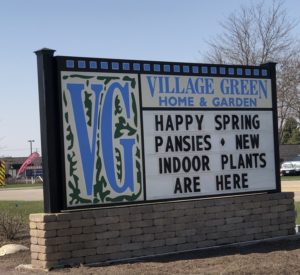
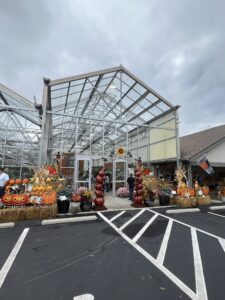

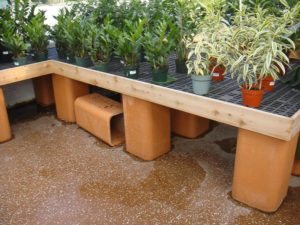

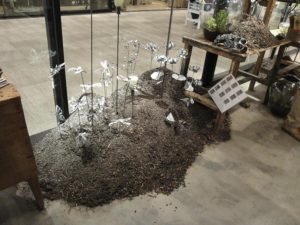
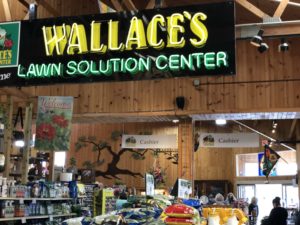
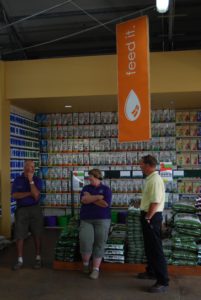

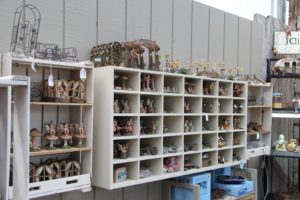

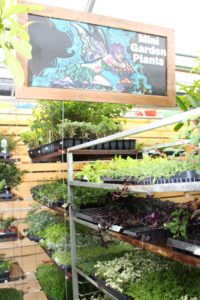
 Videos
Videos





